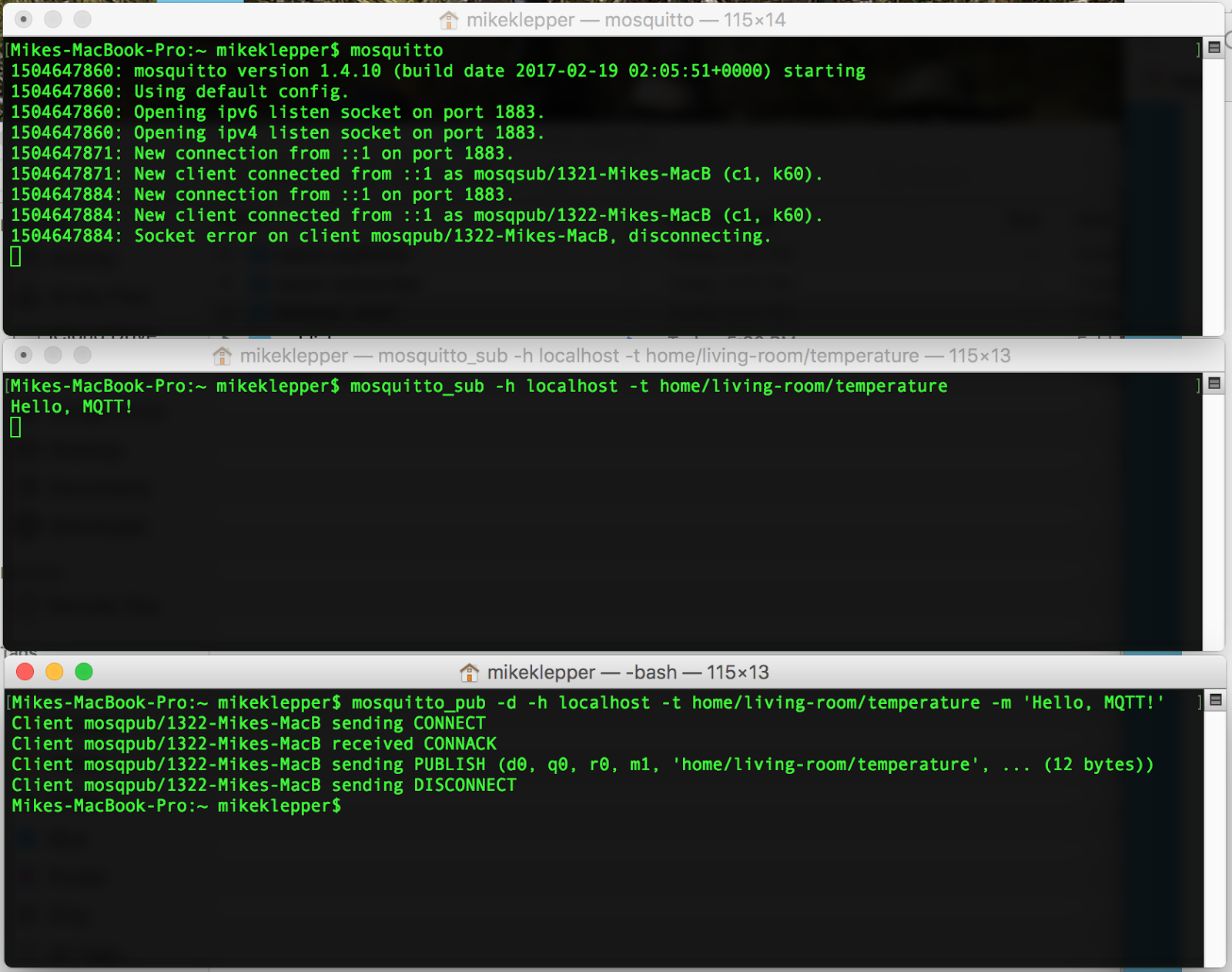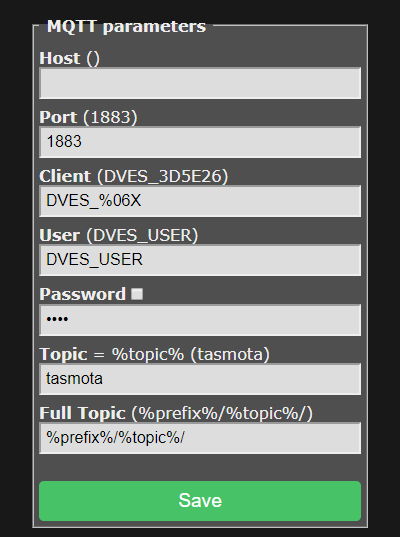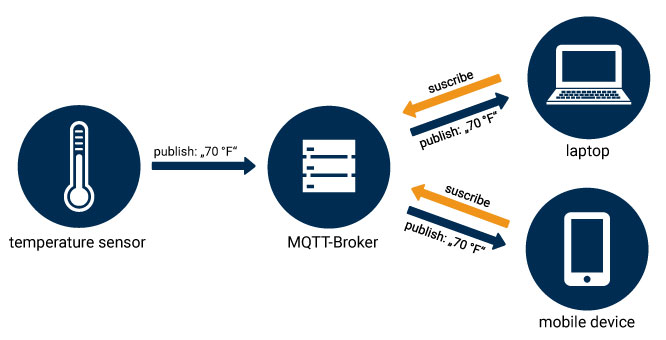

We can use HTTP requests and build a publish-subscribe model to exchange data between different devices. If we go over this amount of data, we get billed extra charges. In addition, we must be careful with the network bandwidth usage because some of the devices use metered connections.Ī metered connection is a network connection in which we have a limited amount of data usage per month. Some devices have low power, many of them are powered by batteries and their resources are scarce. We want to send and receive data in near real time through the Internet and we might face some network problems, that is, our wireless networks are somewhat unreliable and we have some high-latency environments. We have to work with many programming languages. In addition, we want many mobile devices to be able to send and receive data, some of them running iOS and others Android. Each of these boards has to be able to send and receive data. We have the following IoT boards with different processing powers: Raspberry Pi 3, Raspberry Pi Model B, Intel Edison, and Intel Joule 570x. The devices are Internet of Things ( IoT) boards that have dozens of sensors wired to them. The devices that requested the data must process the data received from the devices that responded with the demanded data. These devices have to request data to other devices and the devices that receive the requests must respond with the demanded data. Imagine that we have dozens of different devices that must exchange data between them. Understanding convenient scenarios for the MQTT protocol Following the same process, you will develop an iOS app with Swift 3, build a website that uses WebSockets to connect to the MQTT broker, and control home automation devices with HTML5, JavaScript code, Node.js and MQTT messages Moving forward, you will work with an asynchronous API with callbacks to make the sensors interact with MQTT messages.


You will also develop a solution that interacts with sensors in Java by working with MQTT messages. You will then connect to the MQTT broker, subscribe to topics, send messages, and receive messages in Python. Once you have secured the broker with the appropriate configuration, you will develop a solution that controls a drone with Python.įurther on, you will use Python on a Raspberry Pi 3 board to process commands and Python on Intel Boards (Joule, Edison and Galileo). Then, you will use best practices to secure the MQTT Mosquitto broker to ensure that only authorized clients are able to publish and receive messages. We’ll begin with the specific vocabulary of MQTT and its working modes, followed by installing a Mosquitto MQTT broker. This step-by-step guide will help you gain a deep understanding of the lightweight MQTT protocol.


 0 kommentar(er)
0 kommentar(er)
